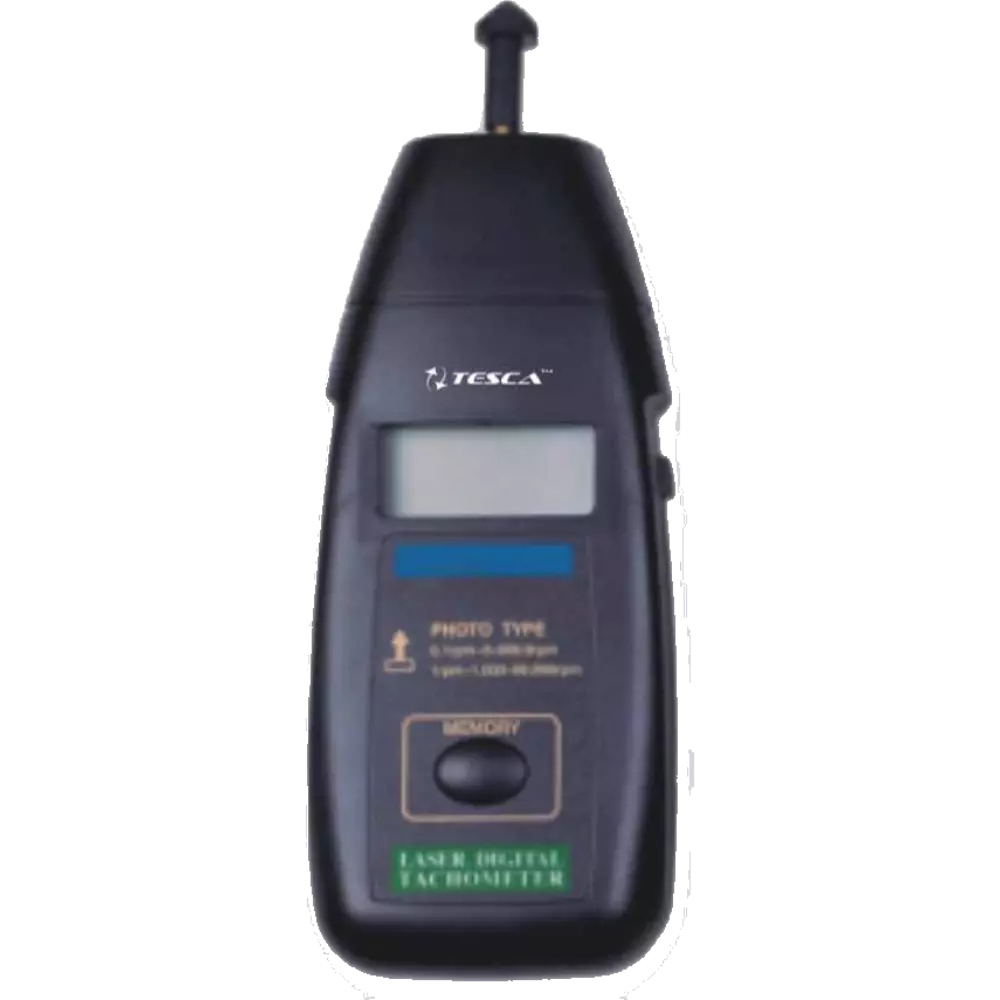Checking Out the Features and Advantages of a Tachometer: A Comprehensive Overview for Vehicle Lovers
From supplying real-time information on engine rate to helping in optimizing gear changes, the tachometer offers as even more than simply a dial on the dashboard. Its multifaceted functions not only boost driving experience yet additionally play a critical duty in preserving engine health and wellness and effectiveness.
Understanding the Basics of a Tachometer
In the realm of automobile instrumentation, understanding the essentials of a tachometer is essential for any kind of auto lover aiming to dig right into the intricacies of engine performance tracking. A tachometer, usually presented on the control panel of a vehicle, gauges the engine's revolutions per minute (RPM) This vital tool gives real-time data on exactly how quickly the engine crankshaft is rotating. By monitoring the RPM, vehicle drivers can guarantee they are operating within the optimal range to make best use of efficiency and performance.
Tachometers generally have actually a scale marked in revolutions per minute, with a redline suggesting the maximum rate at which the engine can safely operate (tachometer). This details is vital for avoiding engine damages and optimizing equipment shifting for manual transmissions. Furthermore, tachometers can help in diagnosing engine concerns such as misfires or a falling short ignition system by identifying uneven RPM analyses
Relevance of Keeping An Eye On Engine Rate

Checking engine rate is a crucial aspect of vehicle maintenance and performance optimization for automobile fanatics and experts alike. The engine speed, determined in changes per minute (RPM), indicates how fast the engine's crankshaft is revolving. By keeping a close eye on the RPM, chauffeurs can guarantee that the engine is operating within the ideal range, preventing prospective damage from over-revving or delaying. Keeping track of engine speed is especially vital during gear shifts, as it aids motorists identify the best time to transform gears for smooth acceleration and effective gas consumption.
Additionally, tracking engine rate can additionally give useful understandings into the overall health and wellness of the automobile. Uncommon changes in RPM may indicate issues such as a clogged air filter, fuel system troubles, or perhaps engine misfires. By identifying these problems at an early stage via the tachometer analyses, drivers can resolve prospective concerns immediately, avoiding extra serious damages and expensive repair services down the line. In general, checking engine rate with a tachometer is an essential method that can boost driving performance, extend engine life, and guarantee a safer and extra pleasurable driving experience.
Enhancing Performance With Gear Shifts
Maximizing efficiency through strategic equipment shifts is a crucial element of taking full advantage find more info of a vehicle's efficiency and power result. Appropriate gear shifting makes certain that the engine runs within its ideal power band, permitting smooth velocity and enhanced fuel economic situation. When shifting equipments, it is important to pay focus to the engine speed suggested on the tachometer. By checking the engine changes per min (RPM), drivers can establish the most appropriate moments to upshift or downshift for optimum efficiency.

To achieve peak performance go to this site through equipment shifts, drivers ought to exercise smooth and prompt changes in between equipments, matching engine rate with road speed to harness the complete potential of their automobile's powertrain.
Making Best Use Of Effectiveness With a Tachometer
Understanding the art of gear changing in high-performance automobiles not only enhances driving experience however likewise plays a vital function in optimizing effectiveness with a tachometer. tachometer. By paying very close attention to the tachometer readings, vehicle drivers can enhance their equipment shifts to operate within the engine's most effective variety. When speeding up, shifting equipments at the best RPM suggested by the tachometer can protect against the engine from overworking or underperforming, leading to boosted gas effectiveness and general performance
Additionally, a tachometer aids drivers prevent unneeded revving, which not just loses gas however also places unneeded pressure on the engine. Constantly checking the tachometer while driving permits for smoother gear changes, lowering damage on the transmission system over time.

Advanced Tips for Tachometer Application
To dig into sophisticated pointers for tachometer utilization, take into consideration integrating the usage of change lights. Change lights are visual indicators that illuminate when it's time to change gears based on engine revolutions per minute (RPM), enabling for smooth gear modifications without frequently monitoring the tachometer. By fine-tuning shift factors and setting alerting thresholds, chauffeurs can optimize velocity and engine performance while minimizing the danger of over-revving.
Conclusion
In conclusion, the tachometer serves as a vital tool for automobile lovers to monitor engine speed, improve performance with gear changes, and make best use of performance. By recognizing the functions and benefits of a tachometer, chauffeurs can optimize their driving experience and lengthen the life expectancy of their vehicle. Using sophisticated pointers for tachometer use can additionally improve driving abilities and overall performance on the road.